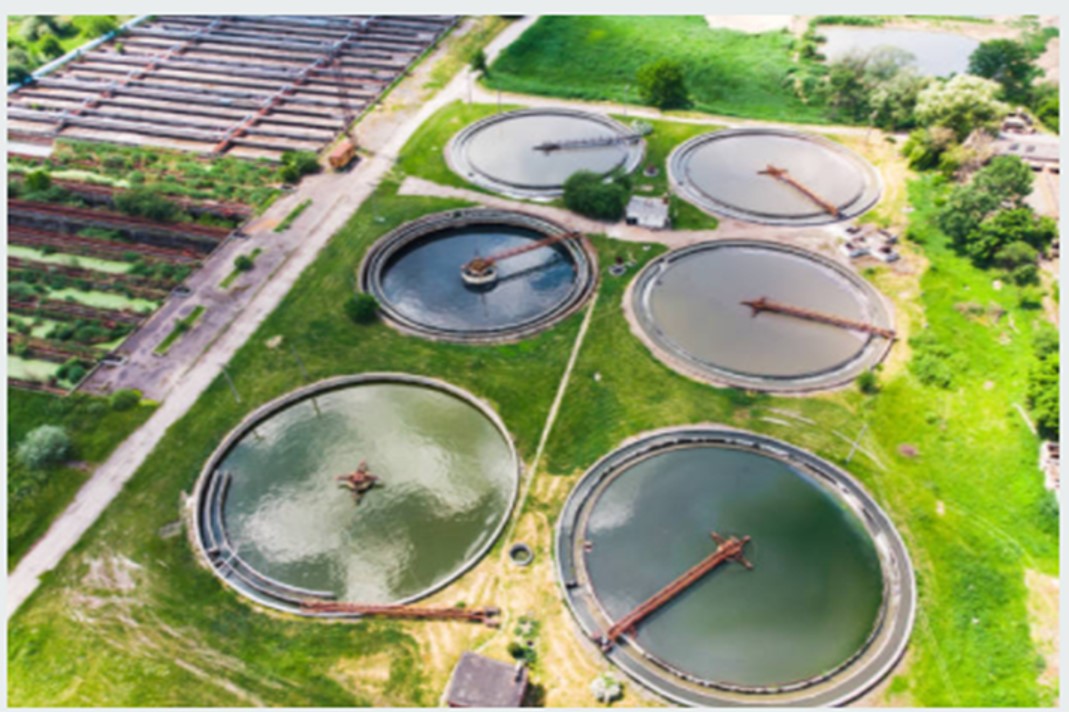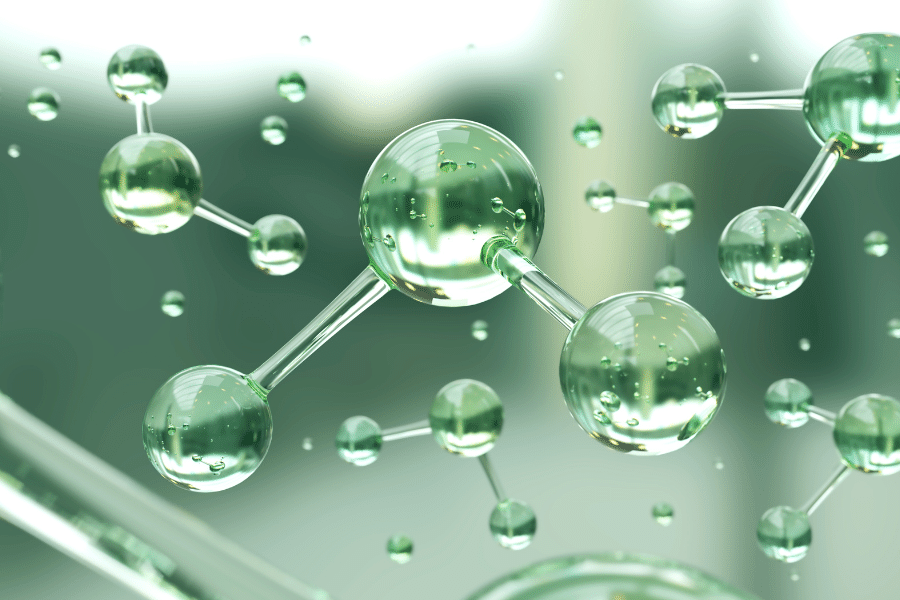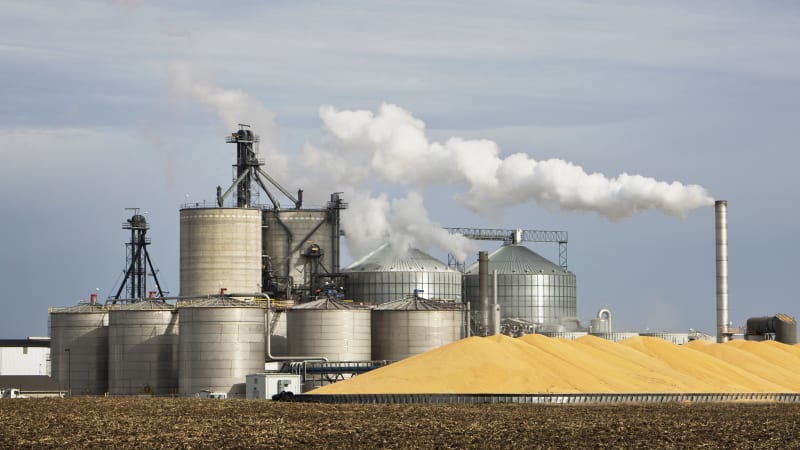Waste-To-Energy Plants
Waste-to-Energy plants produce steam in an electricity generating boiler when municipal solid waste (MSW) is burned. MSW often includes a blend of energy-rich materials, including paper, plastics, waste yard and wood products. For every 100 pounds of MSW, about 85 pounds can be burnt as fuel to generate electricity in the United States. Waste-to-Energy plants reduce 2000 pounds of garbage to ash by approximately 300 to 600 pounds and reduce waste volumes by approximately 87 percent.
Various types of waste-to-energy systems or technologies exist. The most commonly used mass-burn system (shown below) involves the incineration of unprocessed MSW in a large combustion system with a boiler and electricity generator. When the MSW is removed, the incubated material produces waste fuel, another less common type of system.
A mass-burn waste-to-energy facility generates power in seven stages:
- Garbage trucks throw waste into a big hole.
- A crane’s massive claw collects garbage and deposits it in a combustion chamber.
- The waste (fuel) is burnt, resulting in the release of heat.
- In a boiler, heat converts water to steam.
- To generate electricity, high-pressure steam rotates the blades of a turbine generator.
- An air pollution control system filters contaminants from combustion gases before they are emitted through a smoke stack.
- The ash from the boiler and the air pollution control system is collected.





